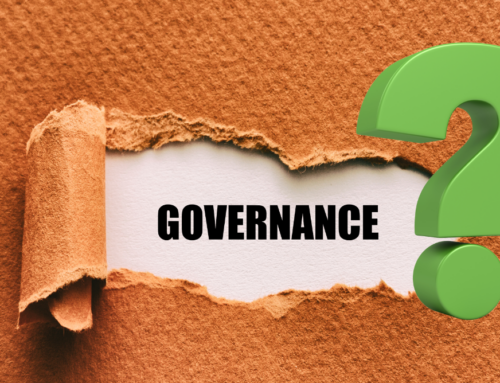 Recently, a number of well-known Canadian charities faced brand risk because they didn’t adhere to a basic business principle of organization. They didn’t have up to date books and records.
Recently, a number of well-known Canadian charities faced brand risk because they didn’t adhere to a basic business principle of organization. They didn’t have up to date books and records.
Failure to maintain your books and records is possible grounds for suspension of a charity’s tax-receipting privileges. Such a suspension can translate into the loss of big donations. At this time of year when charities are most active on requesting for donations, your board needs to make sure the organization is not at risk.
Records must competently track all the money going in and out of your charity, especially for expenditures on charitable activities. You must be able to prove to the Canada Revenue Agency (CRA) that substantially all of the charity’s money is going towards charitable activities.
One of the vaguest reasons the CRA gives when revoking a charity is a “failure to maintain adequate books and records.” Many charities are confused or unfamiliar about the records they must keep, and whatever they do have on hand is often incomplete. This problem becomes evident to federally incorporated charities when they start the process of continuing to the Canada Not-for-profit Corporations Act (which they all must do by October 17, 2014, or face dissolution).
A charity needs reliable records to show it has properly conducted the meetings and passed the resolutions necessary to apply for continuance. The process leading up to continuance is a great opportunity to get the charity’s records in orderly fashion.
With that in mind, here are some basic elements of a complete and proper set of records. It can be broken down into:
- Primary documents, which are the main sources of information, and
- Secondary or “source” documents, which confirm what the primary documents say.
The major primary documents include:
- Governing documents
- By-laws, including amendments
- Annual information returns
- Financial materials
- financial statements,
- ledgers,
- bank statements,
- payroll records,
- etc.
- Copies of all official donation receipts that are issued
- Written agreements and contracts
- Minutes from board meetings and annual members’ meetings, including resolutions
- Fundraising and promotional materials
Just as important is who the directors and members are at any given time, and the changes to their identity or information. This is so that you can be sure, when making important decisions, that your board is properly elected and your membership can duly pass resolutions. Failing to track these things can leave the organization at risk to challenges in the future.
Note that the information below is based on what the Income Tax Act requires of registered charities, and does not apply to non-profit organizations (NPOs). Any charities and NPOs that are incorporated under the Canada Not-for-Profit Corporations Act will also need to follow the guidelines for records in that Act, which are beyond the scope of this article.
Where Do we Store Books and Records?
Even if your charity’s books and records are perfectly complete and immaculately maintained, they can’t just be stored anywhere. The CRA takes particular interest in their location. When an organization applies for charitable registration, it must provide on the application form (T2050) not only its physical and mailing addresses but also specifically the address at which its books and records are located. Any or all of these addresses can be the same, but the fact remains that you are committing specifically to keeping the books and records in a definite location. If you decide the move them somewhere else, you will need to notify the CRA of the change.
For charities that are also incorporated under the Canada Not-for-Profit Corporations Act, there is the added requirement that the records be open to inspection by the directors at all times. They must also be able to provide copies to directors or members upon request. This makes the giant mouldy boxes in the secretary’s attic a bad choice in record-keeping locations.
How Do We Keep Records?
Paper vs. Electronic
The obvious method is to keep paper copies of all the books and records. The law also allows charities to take advantage of modern technology and keep them in electronic format, but there are some very important guidelines to be aware of.
First, electronic records must be kept for the same minimum periods described in the section below, and must be kept in an “electronically readable format”. This essentially means they must be accessible by auditors using CRA equipment.
Second, for any records that were initially created in an electronic medium, like a database or emails, you must keep an electronic version of them accessible even if you also have paper printouts of them.
Third, books and records that are maintained outside Canada but are electronically accessible in Canada do not meet the requirement of being kept in Canada.
Third Party Providers
A charity is permitted to hire a third party to maintain its records (including bookkeepers, accountants, and electronic/internet information managers), but the charity still is responsible for their proper upkeep. In fact, the charity always maintains all responsibility regarding the records, including the responsibility to make them available to CRA officials.
In my next blog, I will share with you more about Books and Records. We will explore how long you must keep these records and discuss a few ideas about using a Board portal to store this information in a safe and secure manner.

[/fusion_builder_column][/fusion_builder_row][/fusion_builder_container]







Leave A Comment